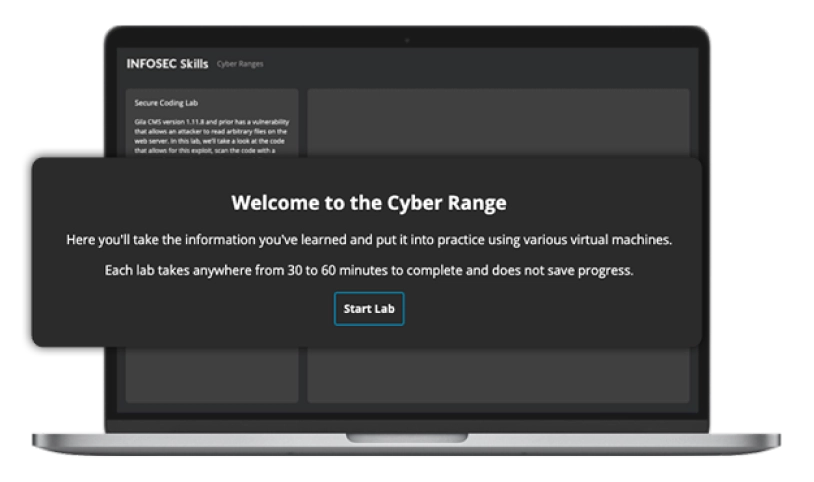
Secure Coding Fundamentals Learning Path
16 hours, 34 minutes
Quick facts
About this learning path
-
courses
100% online
-
Duration
16 hours, 34 minutes
-
Assessment
questions
About Secure Coding Fundamentals
Most software vulnerabilities are caused by the same few development mistakes. This path describes these vulnerabilities and how to recognize them in code, demonstrates how they are exploited by attackers (including real-world case studies of vulnerable applications in production), and describes ways by which the vulnerabilities can be mitigated.
Syllabus
Secure Coding Fundamentals Skill Assessment
Assessment - 84 questions
Introduction to Secure Coding Fundamentals
Course - 00:08:00
Buffer Overflows
Course - 00:51:00
Integer Overflows and Underflows
Course - 00:54:00
Race Conditions
Course - 01:18:00
Format String Vulnerabilities
Course - 00:32:00
Command Injection
Course - 00:40:00
Least Privilege
Course - 01:03:00
Credential Management
Course - 01:01:00
Cryptography
Course - 00:40:00
SQL Injection
Course - 01:33:00
Cross-Site Scripting
Course - 00:31:00
Cross-Site Request Forgery
Course - 00:53:00
Poor HTTP Usage
Course - 00:43:00
Error Handling
Course - 00:58:00
The details
Learning path insights
How to claim CPEs
Should you complete this learning path, you’ll be able to download a certificate of completion. Use this to claim your CPEs or CPUs.
Associated NICE Work Roles
All Infosec training maps directly to the NICE Workforce Framework for Cybersecurity to guide you from beginner to expert across 52 Work Roles.
- All-Source Analyst
- Mission Assessment Specialist
- Exploitation Analyst
No software. No set up. Unlimited access.
Skip the server racks and spin up a realistic environment with one click. Infosec Skills cyber ranges require no additional software, hardware or server space so your team can spend less time configuring environments and more time learning. Unlimited cyber range access is included in every Infosec Skills subscription so your team can skill up however they learn best.

Unlock 7 days of free training
- 1,400+ hands-on courses and labs
- Certification practice exams
- Skill assessments
Plans & pricing
Infosec Skills Personal
$299 / year
- 190+ role-guided learning paths (e.g., Ethical Hacking, Threat Hunting)
- 100s of hands-on labs in cloud-hosted cyber ranges
- Custom certification practice exams (e.g., CISSP, Security+)
- Skill assessments
- Infosec peer community support
Infosec Skills Teams
$799 per license / year
- Team administration and reporting
- Dedicated client success manager
-
Single sign-on (SSO)
Easily authenticate and manage your learners by connecting to any identity provider that supports the SAML 2.0 standard.
-
Integrations via API
Retrieve training performance and engagement metrics and integrate learner data into your existing LMS or HRS.
- 190+ role-guided learning paths and assessments (e.g., Incident Response)
- 100s of hands-on labs in cloud-hosted cyber ranges
- Create and assign custom learning paths
- Custom certification practice exams (e.g., CISSP, CISA)
- Optional upgrade: Guarantee team certification with live boot camps

